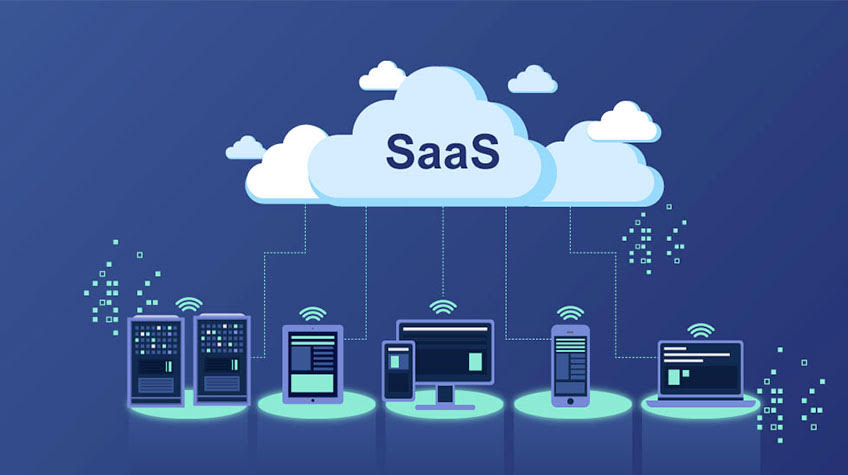One of the hottest buzzwords so far in the 21st century is "paperless." Technology has evolved significantly in recent years. Smartphones, tablets and laptops have become the de facto tools of the modern professional. This is so much so the case that anything having to do with physical paper – printing, scanning and even faxing – tends to be treated more like a cumbersome chore than anything else. In fact, paper missives have become so archaic in the eyes of some enterprise workers that they will do their best to avoid it at all costs, even when they're required to use it.
According to Electronic Engineering Journal contributor Jim Turley, we are reportedly living "in the age of the 'paperless office,'" and yet there seems to be more paperwork than ever. Some of this may have to do with the need for physical documents to be digitized – something that prevents the kind of easy editing that workers have grown accustomed to after years of using work processing programs. This is a complicated issue to tackle, considering that many organizations have to use paper messages by law – not to mention there are people out there unwilling to embrace modern technology.
This is why businesses of all kinds have to start getting serious about going paperless. This is, however, much easier said than done. Paper-based directives have not aged well, yet continue to be used. This means that the most effective solutions are not necessarily those that do away with paper entirely, but that enable modern working styles to be leveraged without cutting off external entities that still prefer or require it. One such way to accomplish this is through the use of online faxing.
"A major source of paper in the office is the fax machine," wrote TMCnet contributor Mae Kowalke. "While it still might be necessary to fax, it isn't necessary to use paper; Fax-over-IP (FoIP) enables you to send and receive faxes digitally, which eliminates paper use."
In the first part of this series, we'll talk about the big problems that stands in the way of paperless offices. In the second portion, we'll discuss how forward-thinking businesses can streamline their operations without losing out on key aspects of enterprise document management.
Straddling the generation gap
While smartphones and tablets have shown us it's possible to have a paper-like experience without cutting down a forest of trees, offices around the world haven't quite managed to rid themselves of the material entirely. Much of this has to do with regulations that prevent the use of things like email in industries that handle sensitive documents. Doctors, lawyers, bankers and others are still tied to paper-based channels like faxing because the encryptions protecting it are approved by governing bodies. There have been countless stories of emails being hacked or even just sent to the wrong people, exposing private information that may have an impact on an organizations's customers. This is a sure-fire way to lose business and end up on the wrong end of litigation.
But this is not the case in every single instance. Turley wrote that there is a surprising amount of reluctance to abandon long-standing practices – even when they have proven to do more harm than good. This may have to do with personal preferences or a defensive feeling about the work that was put into an existing protocol or system. These instances do not consider the experiences of the users that are leveraging the assets in question.
"[W]e all get attached to the things we create," Turley wrote. "That's only natural, and it probably springs from some deep-seated instinct for familial protectiveness or clan hegemony. We defend our choice of processor, our favorite operating system, our collection of development tools, and our timeworn work methods."
In this sense, any investment made to push a business forward must be cognizant of those people still stuck in their ways. This is especially true for something like document sharing, where some folks actively choose paper over digital methods that have been proven to streamline a day in the office. Figuring out the best way in which to meet the needs of all preferences will be essential to going as paperless as possible. This will be the key to moving forward while keeping options open for those stuck in the past.
Modern problems demand modern solutions
It should be clear by now that the paperless office is not something that will happen on its own. There are a number of different obstacles to overcome – some more stubborn than others. In the next installment of this series, we'll go over ways in which to better outfit workers to meet digital and paper-based needs alike.




